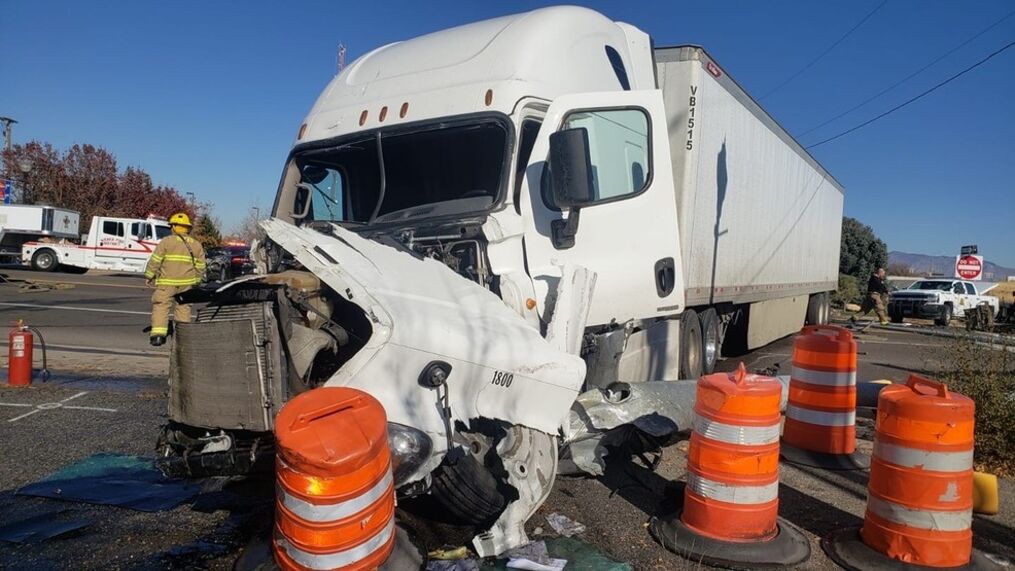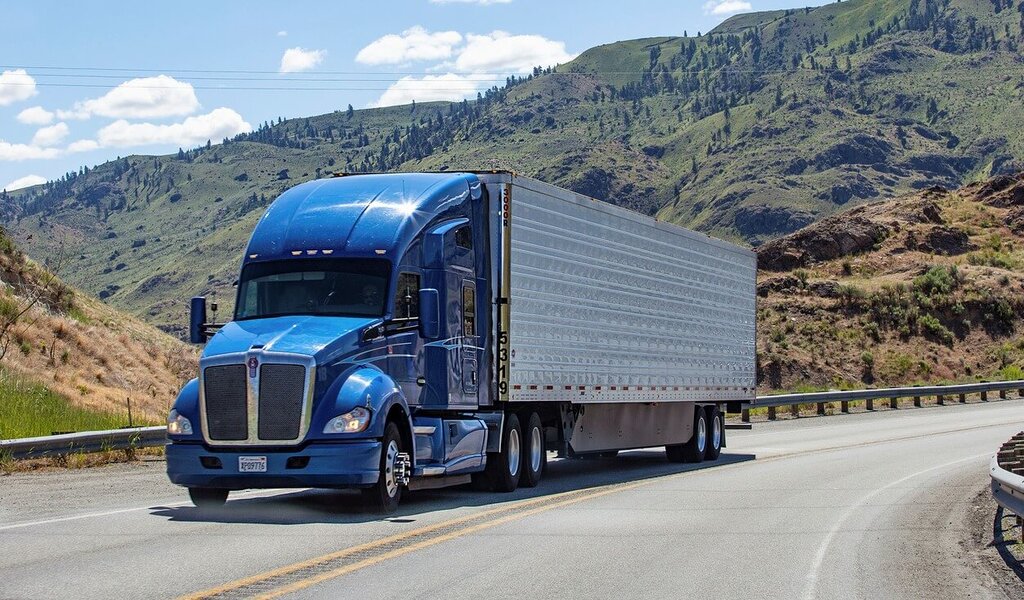Accidents involving a large truck are severe and often fatal. The sheer size and weight of the vehicle are enough to cause serious damage to multiple vehicles on the road, especially if they carry a lot of cargo. However, learning the limitations of semi-trucks helps drivers make safer decisions when sharing the road with them. Here are some statistics regarding truck accidents in the U.S. and how you can drive safely around them.
Contents
U.S. Truck Accident Statistics
Truck accidents are some of the most deadly accidents on the road. Research by the National Safety Council found that large trucks accounted for 10% of all fatal crashes in the US during 2019. In fact, the number of fatal truck accidents has increased by 43% since 2010, resulting in 5,005 fatal crashes in just one year. However, there are even more crashes involving non-fatal injuries.
In 2019, there were about 118,000 trucks involved in crashes with injuries, which is a nearly 125% increase from 2009. These numbers continue to rise due to increased interstate commerce.

Surprisingly, most truck accidents don’t happen on an interstate highway. The National Safety Council estimates that about 75% of truck accidents occur on smaller roads in both urban and rural areas. In addition, about 65% of these crashes happen during the daytime. This suggests that drivers should be extra cautious when driving on city streets or county roads near a large truck.
Steps to Help Keep You Safe When Driving Around Trucks
While it’s impossible to make someone else drive safely, there are a few ways you can ensure your own safety. The best way to avoid injury in a truck accident is to make sure the accident doesn’t happen in the first place. Here are a few tips on sharing the road with semi-trucks and preventing major accidents.
1. Stay Out of Truck Blind Spots
Since trucks are longer vehicles, their blind spots are larger than most other vehicles. While certain technologies—such as cameras—may help truck drivers see in their blind spots, not all trucks have those capabilities. For this reason, it’s essential to understand where these blind spots are. According to the Federal Motor Carrier Safety Administration, some common areas where truck drivers can’t see include:
- About 20 feet in front of the truck,
- Around 30 feet behind the attached trailer,
- The right side of the cab behind the mirror,
- The left side of the cab behind the mirror, and
- The left side of the trailer near the front.
A good rule of thumb is that if you can’t see the truck’s mirrors, the driver can’t see you. Staying out of these blind spots helps avoid accidents, especially when the truck changes lanes.
2. Give Them a Lot of Room
Trucks are incredibly large and usually carry a lot of weight in the trailer. This means that they need more time and space to maneuver properly. They can’t stop or move out of the way quickly, so give them some room. This means allowing trucks enough space to make tight turns or switch lanes. In addition, if you see a truck doing dangerous maneuvers or trying to control their trailer, slow down and stay as far away as you can.

3. Pass Trucks Quickly If Needed
Don’t always assume that a truck knows you’re next to them or passing them. Since blind spots are so large, they may try to switch lanes without knowing someone is next to their cab or trailer. If you want to pass the truck, pass quickly and make sure you give them plenty of room if you merge back into the lane in front of them.
4. Use Your Turn Signals
According to an experienced accident injury lawyer, anytime you make a move around a truck, you should use your turn signal. This helps show the truck driver your intent so they may act accordingly. For example, if driving in front of a truck, you may tap your brakes and turn on your turn signal to let them know that you’re turning soon. This gives them time to slow down and prevent a rear collision. In fact, they may signal you back, letting you know that you may merge into their lane.
5. Slow Down During Inclement Weather
While slowing down at appropriate times is a safe practice no matter when you drive, it’s especially important during bad weather. Rain, sleet, and snow decrease the amount of traction trucks and other vehicles have on the road. This makes it more difficult to stop in an emergency and leads to slipping or hydroplaning. For trucks, these conditions are even more dangerous and may cause the trailer to sway behind the cab. This is known as jackknifing, and it often causes the truck to flip or swing into other lanes. Driving slower and sharing the road helps trucks avoid these severe accidents.
6. Turn Off Your Brights When Approaching a Truck
When it’s very dark and the road lacks adequate lighting, your brights help increase road visibility. However, they also have the potential to blind unsuspecting drivers, especially truckers. In fact, if you have your brights on and follow behind a truck, they still have the potential to blind the driver. Whether you’re driving on the other side of a road or approaching a vehicle from behind, turn off your brights temporarily so they may maintain visibility.
7. Don’t Tailgate a Truck
This is perhaps one of the most dangerous decisions a driver can make. Tailgating often results in what’s known as an underride collision, which is when a vehicle becomes stuck underneath the trailer of a truck. This is an incredibly deadly accident and is responsible for several fatalities each year. Even if you think your car can stop in time, the person behind you may not.

Following These Tips Helps Reduce the Risk of an Accident
Even though it’s impossible to prevent every accident on the road, there are a few ways to lower the risk. Understanding the limitations of these large vehicles and how they handle is key to learning how to share the road effectively. By following these steps, you help keep yourself and others safe in the event that a truck loses control or has an emergency.



